Gaeseong Mandu Koong (개성만두 궁)
1.0 Km 20159 2021-03-24
11-3, Insadong 10-gil, Jongno-gu, Seoul
+82-2-733-9240
Gaeseong Mandu Koong has served Gaeseong-style mandu (dumplings) for more than 30 years. The elderly proprietor, who fled south during the Korean War runs this restaurant with the help of her granddaughters. Characterized by its delicate taste, Gaeseong mandu stuffing consists of pork and various vegetables such as Chinese cabbage and pumpkin. This restaurant's mandu is so popular that it sometimes gets sold out even before evening. Typical menu includes mandu-jeongol (hot pot) and mandu-guk (soup). The hot pot is made of various ingredients including mandu, rice cakes, mushrooms, and meat, and serves two to three persons. For several persons, it's recommended to eat bossam (boiled meat slices wrapped in lettuce leaves or kimchi) and Korean-style pancakes.
Palacio Changdeokgung y Jardín Huwon (창덕궁과 후원) [Patrimonio Cultural de la Humanidad de la Unesco]
1.0 Km 49361 2024-05-17
Yulgok-ro 99, Jongno-gu, Seúl
El palacio Changdeokgung se compone de un espacio para el oficio de los funcionarios públicos, la residencia del rey y el jardín de la parte posterior. El palacio Changdeokgung es el único palacio que preserva el estilo arquitectónico de la dinastía Joseon. El jardín posterior, Huwon, utilizado por el monarca como lugar de descanso, tiene árboles de 300 años de edad, un estanque y un pabellón organizados en forma armoniosa con la naturaleza.
Entrando por la puerta Donhwamun se accede al interior del palacio, y allí aparece el puente Geumcheongyo hacia la derecha. Construido durante el 11er. año del gobierno del rey Taejong (1411), este puente de piedra es el más antiguo en su estilo que quedan en pie dentro de Seúl. La entrada a Injeongjeon (la cámara de la audiencia real) se encuentra al final de este puente y la cresta del techo de la cámara está decorada con figuras de flores. Estas figuras fueron añadidas por el gobierno colonial japonés para avergonzar a la familia real y no se las puede ver en ningún otro techo. Sobre cada alero del techo de Injeongjeon se colocaron nueve estatuas. Estas estatuas eran para ahuyentar los malos espíritus y el número de ellas difiere entre las edificaciones: cinco sobre cada alero del techo del Portal Jinseonmun y siete en la puerta Donhwamun. Detrás de la puerta derecha de Injeongjeon, se halla la cámara oficial del rey denominada Seonjeongjeon. Solo para este palacio se utilizaron tejas azules, lo que da a comprender el significado de las tejas azules de Cheong Wa Dae (también conocida como la Casa Azul).
El sendero de cemento que se extiende entre las paredes de los palacios Changdeokgung y Changgyeonggung conduce al jardín Huwon. Aquí se elevan los pabellones Buyongjeong y Juhamnu, que frecuentemente aparecen en fotografías que presentan Corea. El jardín tiene una forma similar a la letra C, con un estanque en el centro. Asimismo, para llegar a Yeongeongdang, la residencia de 99 ambientes de la familia noble de los más altos honores, uno debe pasar obligatoriamente por la puerta Bullomun hecha con una roca tallada en forma de C.
STAY dayoff [Korea Quality] / 스테이 데이 오프 [한국관광 품질인증/Korea Quality]
1.0 Km 8 2021-03-29
6, Jahamun-ro 1da-gil, Jongno-gu, Seoul
This hanok (traditional Korean house) is located behind Seochon Food Street, located near Gyeongbokgung Station on Seoul Subway Line 3. It is located only 5 min away by foot from the station. Opening the door brings one to a small garden, furnished with stones and moss on a corner, and the interior also speaks to the unique combination of a modern hanok with contemporary sensibilities. The building is divided into the main building and annex building, with the former having two queen bedrooms connected by a living room and kitchen as well as two bathrooms.
The annex building is the hidden jewel of STAY dayoff, which houses a bathtub and a sauna facility behind a beautiful window wall. When the windows are opened, it is like being in an open-air bath overlooking the garden and the hanok. The standard occupancy of the house is 4, with a 10% discount available for guests staying for more than 2 nights on weekdays, and towel replacement and cleaning services are offered for guests staying for more than 4 nights.
Sadongmyeonok (사동면옥)
1.0 Km 17737 2021-12-17
9, Insadong, 8-gil, Jongno-gu, Seoul
+82-2-735-7393
A store with over 35 years’ experience that sells Hwanghaedo-style dumplings. The best menu at this restaurant is dumpling hot pot. This Korean dishes restaurant is located in Jongno-gu, Seoul.
Choedaegamne (최대감네)
1.1 Km 4298 2020-06-01
12-3, Insadong 8-gil, Jongno-gu, Seoul
+82-2-733-9355
Choedaegamne is a traditional restaurant with a cozy garden and a pond. It is located at the end of the alley next to Inside Plaza. At this famous restaurant located in Insa-dong, a traditional interior is enhanced by the date trees planted in between tables. Various dishes are available such as Ssambapjeongshik with organic vegetables, beef shabu shabu using beef stock and fresh tender galbi (ribs) which are purchased daily.
Insadong Maneul Bossam (인사동마늘보쌈)
1.1 Km 81 2021-03-19
12-5, Insadong 8-gil, Jongno-gu, Seoul
+82-2-735-7885
This is a Korean cuisine located in Insa-dong, Seoul. It is located at Ssamji-gil in Insa-dong. The representative menu is napa wraps with pork and garlic.
Museo Kimchikan (뮤지엄 김치간)
1.1 Km 2840 2021-04-27
Insadong-gil 35-4, Jongno-gu, Seúl
Desde su fundación en 1986, el Museo Kimchikan ha exhibido las reliquias históricas relacionadas con el kimchi, los diversos tipos, maquetas de los procesos del preparado, e información sobre la eficacia derivada de su proceso de fermentación. Los visitantes aprenderán sobre el origen y la historia del kimchi a través de libros, pinturas y escrituras antiguas, y los diferentes tipos de vasijas almacenadoras de kimchi junto con los utensilios tradicionales de cocina que se utilizaban para prepararlo. También se exponen diferentes tipos de kimchi característicos en cada región de Corea y espacios para actividades.
Yetchatjip (old teahouse) (옛찻집)
1.1 Km 18735 2019-12-20
33-1, Insadong-gil, Jongno-gu, Seoul
+82-2-722-5332
Yetchatjip is a famous teahouse that has also been used as a movie filming set. It is a great place to stop by for a cup of natural traditional Korean tea, or the traditional summer treat patbingsu, made with the old way with shaved ice and homemade red bean topping.
Insadong Chatjip (tea house) (인사동찻집)
1.1 Km 36388 2019-12-23
33-1, Insadong-gil, Jongno-gu, Seoul
+82-2-723-4909
Insadong Chatjip is a hanok teahouse that serves home-made traditional tea. Even the red beans used in the summer delicacy patbingsu
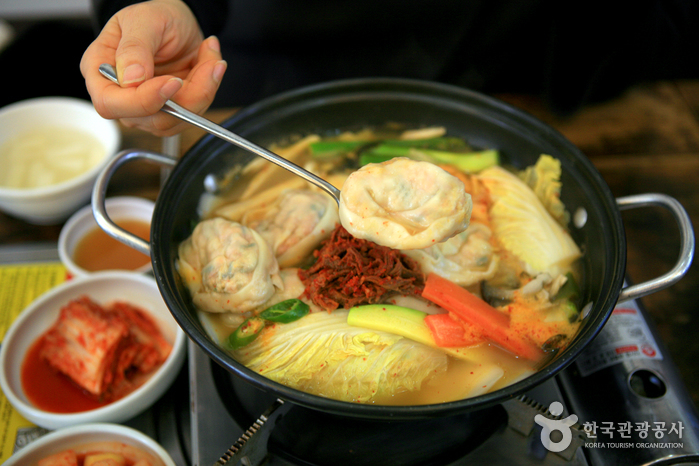
![Palacio Changdeokgung y Jardín Huwon (창덕궁과 후원) [Patrimonio Cultural de la Humanidad de la Unesco]](http://tong.visitkorea.or.kr/cms/resource/50/2678650_image2_1.jpg)
![STAY dayoff [Korea Quality] / 스테이 데이 오프 [한국관광 품질인증/Korea Quality]](http://tong.visitkorea.or.kr/cms/resource/96/2707596_image2_1.jpg)
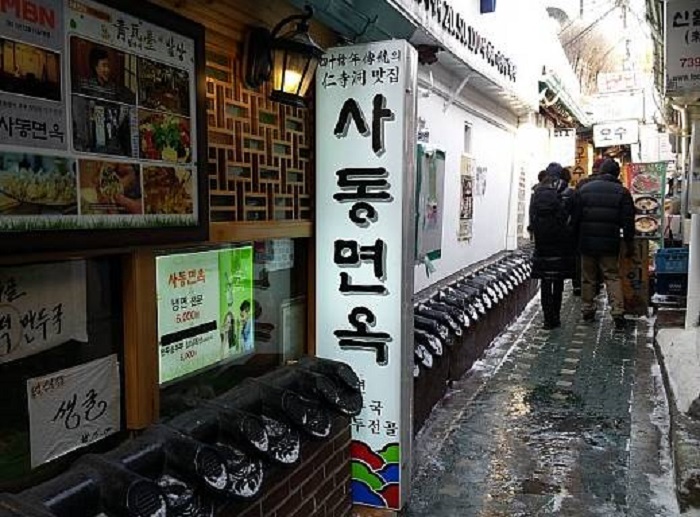
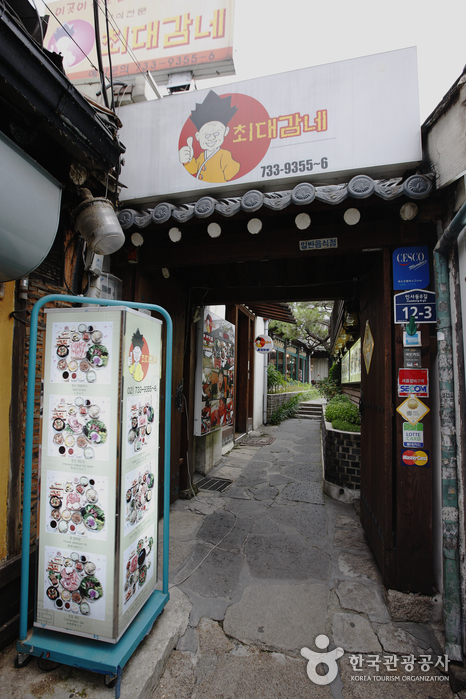
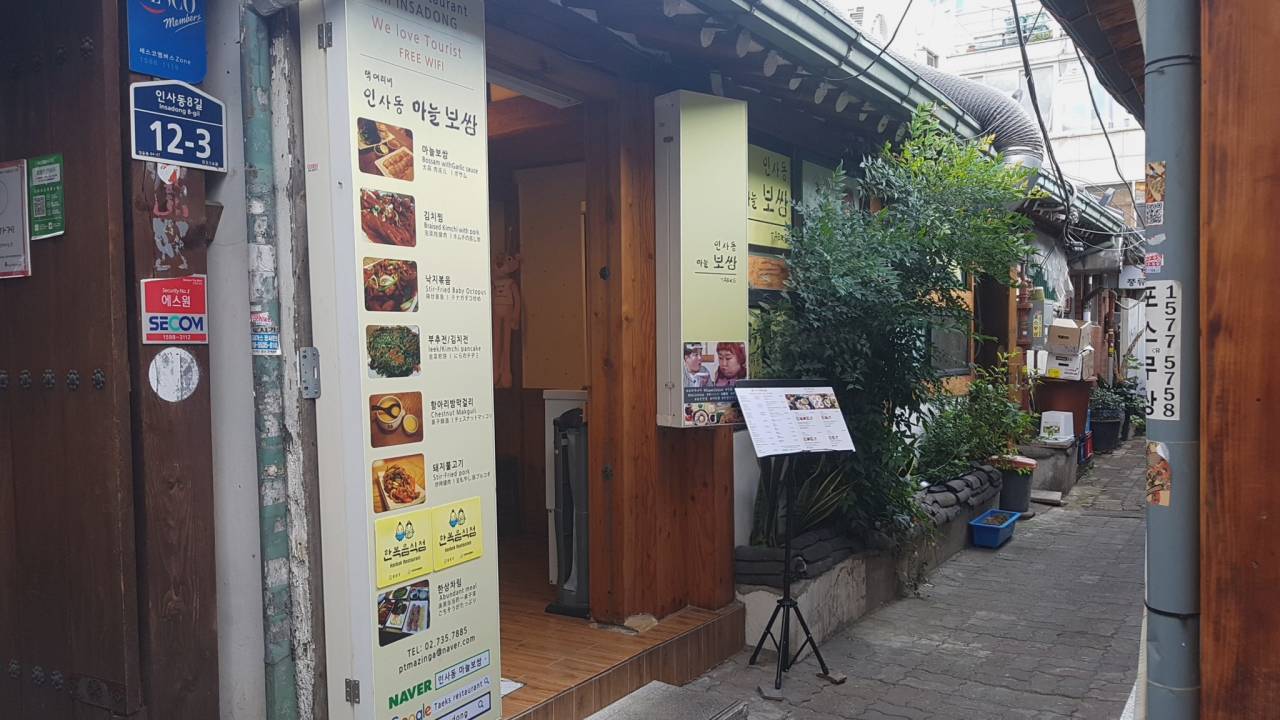
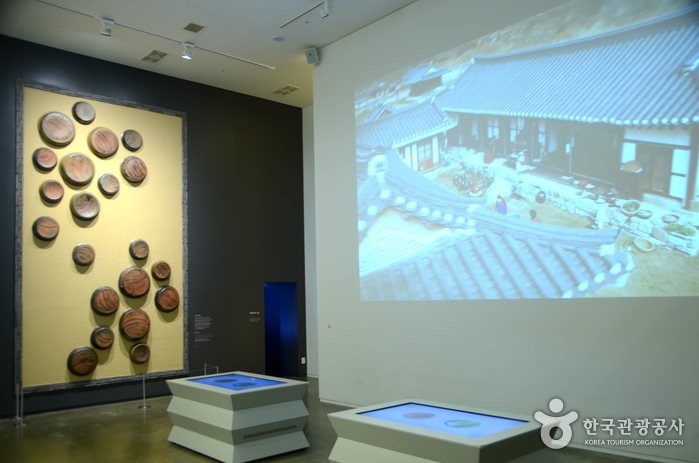
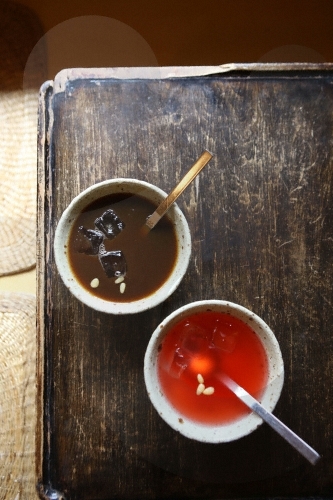
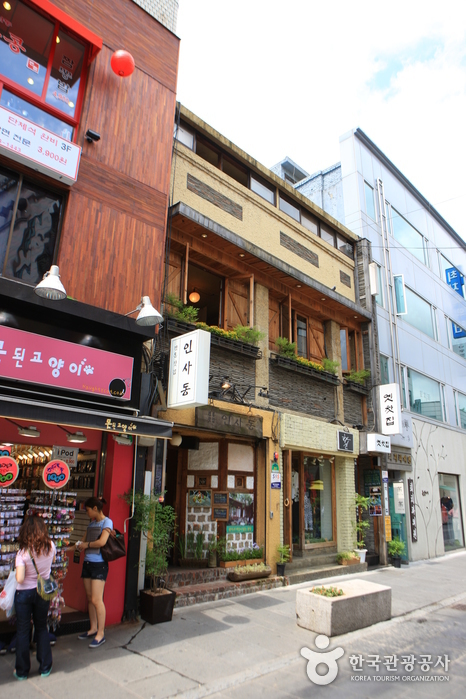
 Español
Español
 한국어
한국어 English
English 日本語
日本語 中文(简体)
中文(简体) Deutsch
Deutsch Français
Français Русский
Русский